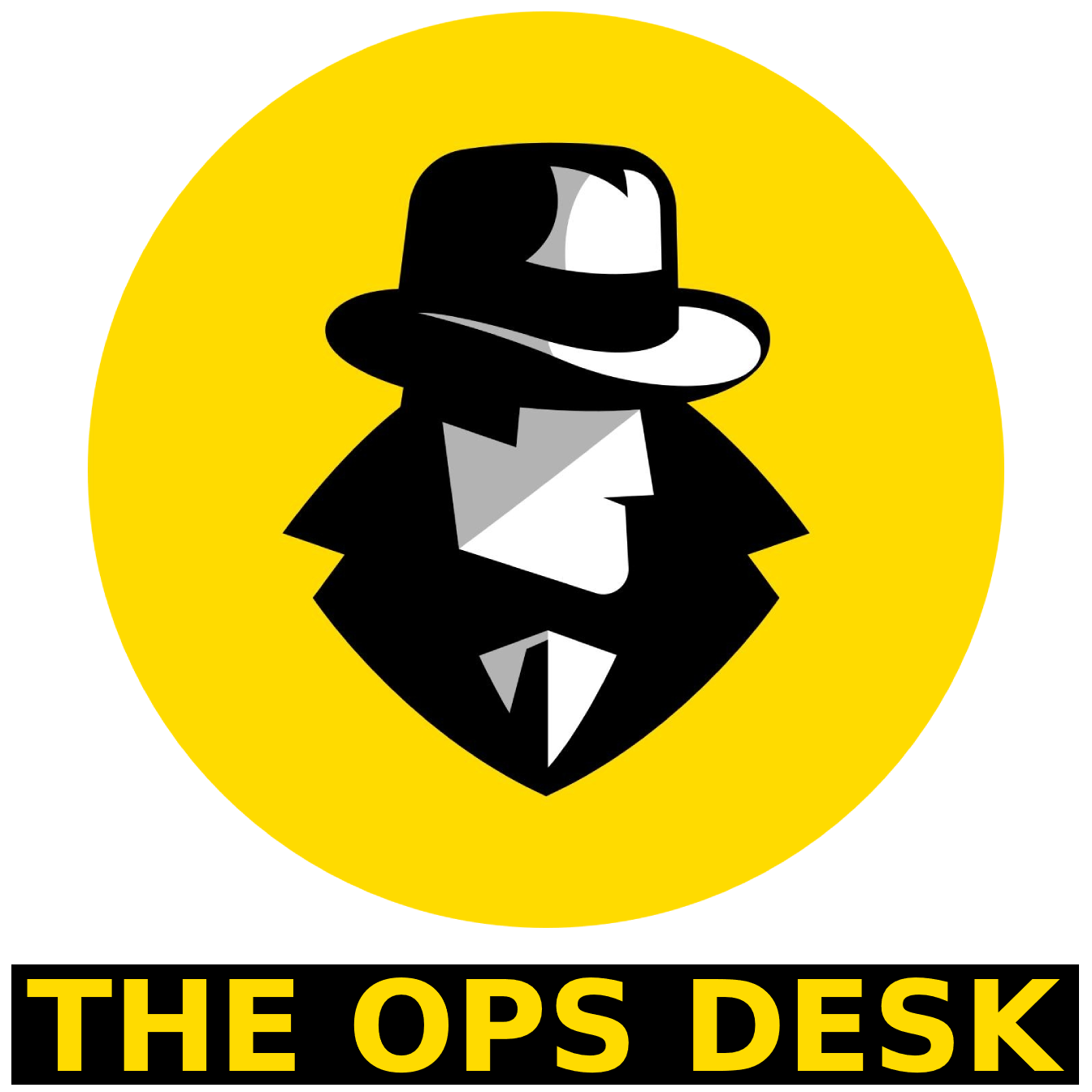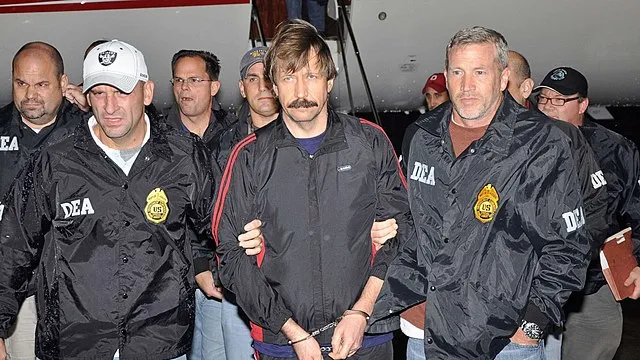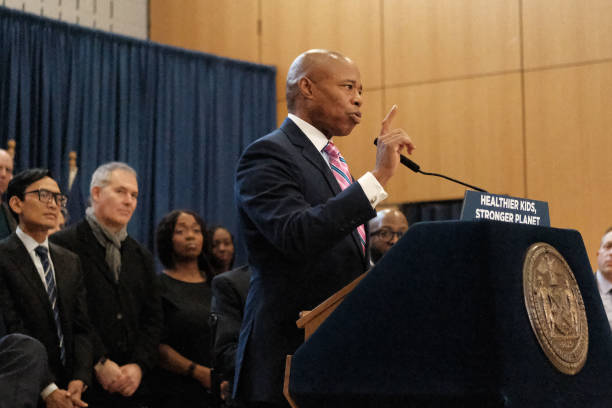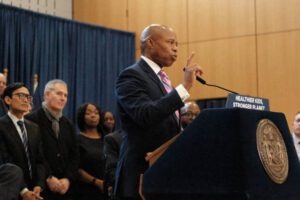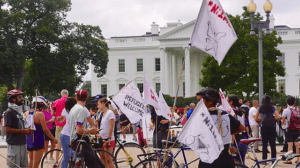On August 14, 1945, an official announcement was made public, declaring Japan’s unconditional surrender to the Allies—a moment that would later be commemorated as Victory Day. Due to time-zone differences, this significant event occurred on August 15 in Japan. The formal written surrender was completed two weeks later on September 2, 1945.
Despite Japan’s War Council, under Emperor Hirohito’s urging, submitting a surrender declaration to the Allies through ambassadors on August 10, clashes persisted between Japanese forces and the Soviets in Manchuria, as well as between the Japanese and Americans in the South Pacific. Remarkably, even after the surrender decision, a Japanese submarine attacked two American vessels—the landing ship Oak Hill and the destroyer Thomas F. Nickel—east of Okinawa, just two days later.
On the afternoon of August 14, Japanese radio broadcasted that an Imperial Proclamation, accepting the unconditional surrender terms outlined at the Potsdam Conference, would soon be made. The proclamation had already been recorded by Emperor Hirohito. The announcement was met with fierce resistance; over 1,000 Japanese soldiers stormed the Imperial Palace in a desperate attempt to locate the proclamation and prevent it from reaching the Allies. Loyalist forces within the palace successfully repelled the attackers.
That same evening, General Korechika Anami, the most vocal opponent of surrender on the War Council, took his own life. He did so to atone for the defeat of the Japanese army and to avoid hearing his emperor speak the words of surrender.
In the United States, President Harry S. Truman conveyed the momentous news to the American people, sparking celebrations in Washington, D.C., and across the nation.
